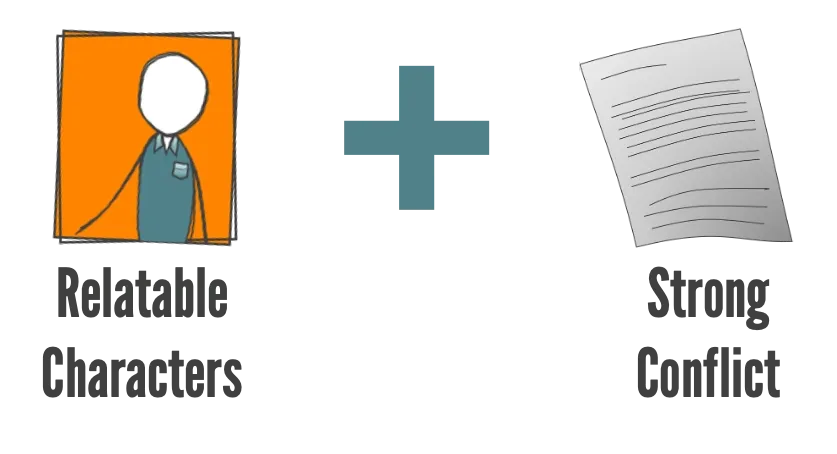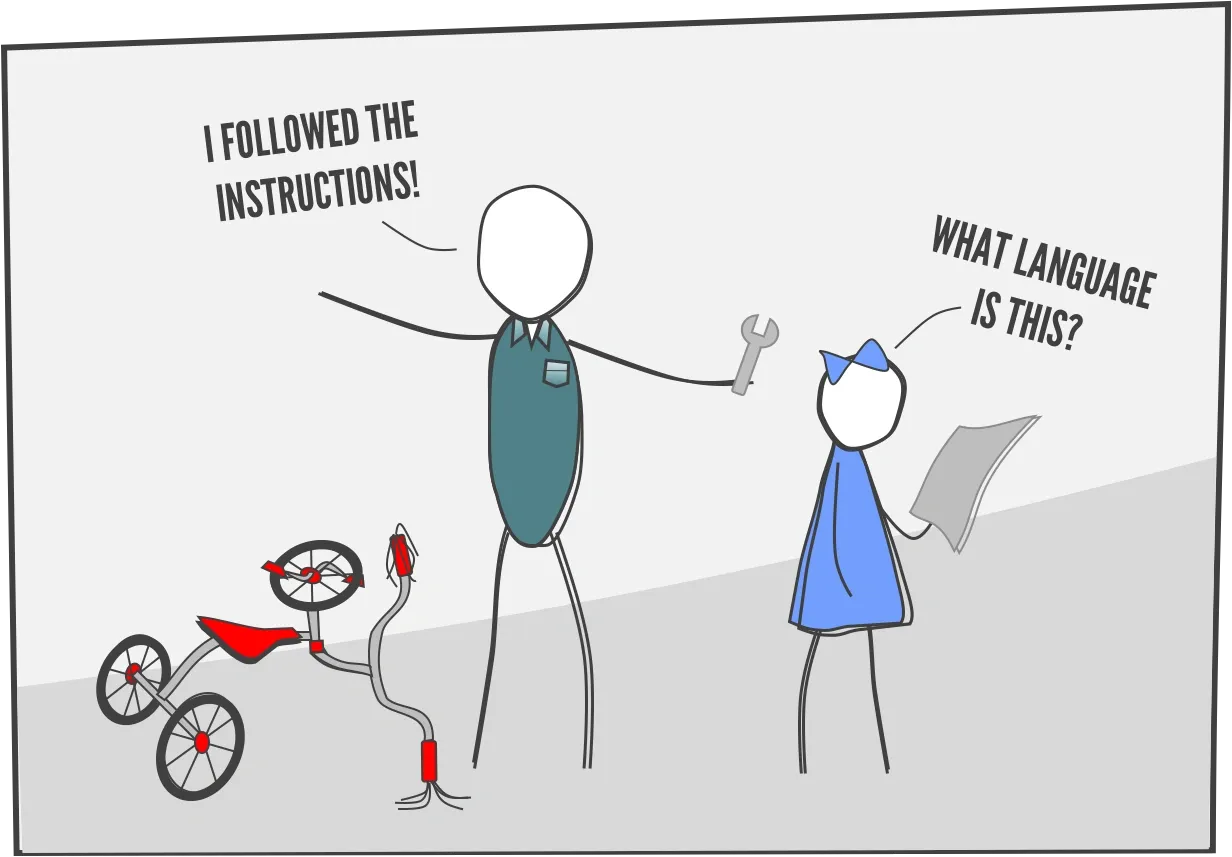Stories give audiences the upper hand when it comes to remembering your message. The dilemma is not that we don't believe this, but that talent development professionals generally don't know how to compose stories for training and communications. Story Design is the answer to this problem.
You, the TD Pro
Relatable characters

Characters in a story must give your audience reason to care. As a designer of training, you are already collecting information to create an audience profile...or you should be.
The makers of the tricycle probably didn't do a very good job figuring out who Jake was. Ask some questions of your audience, or someone who knows your audience well. Questions that reveal their:
Answers to these questions begin to reveal possible characters. For example, if my audience:
Characters start coming to mind. Perhaps a proud foreman who is embarrassed that he doesn't understand a new process. A perfectionist operator whose quality scores are suffering because she's challenged by a new way of doing things. The more information you have about the audience, the easier it will be to create relatable characters.
The makers of the tricycle probably didn't do a very good job figuring out who Jake was. Ask some questions of your audience, or someone who knows your audience well. Questions that reveal their:
- Values
- Current circumstances
- Reactions to surroundings
- Fears
- Challenges
- Favorite things to do in their spare time
Answers to these questions begin to reveal possible characters. For example, if my audience:
- Values quality work
- Works for a company entering a new international market
- Enjoys stability, not variety
- Fears losing their job to overseas
- Struggles to adapt to change
- Likes to hang out with their families, play baseball and go to church in their spare time
Characters start coming to mind. Perhaps a proud foreman who is embarrassed that he doesn't understand a new process. A perfectionist operator whose quality scores are suffering because she's challenged by a new way of doing things. The more information you have about the audience, the easier it will be to create relatable characters.
Strong conflict

If you haven't been collecting information about who your audience is (please start doing that), it is doubtful that you have neglected the second story component: the action list.
What is it that stakeholders want the audience to do? Likely, you're doing a lot better job than the tricycle company. You've conducted extensive interviews to find out if training is the answer. You've met with subject matter experts and created a detailed list of actions that must be performed to reach the goals of making a business impact. As you compose the action list:
You're already do all of this, right? What you may not have realized is that you've just outlined the conflict for your story.
What is it that stakeholders want the audience to do? Likely, you're doing a lot better job than the tricycle company. You've conducted extensive interviews to find out if training is the answer. You've met with subject matter experts and created a detailed list of actions that must be performed to reach the goals of making a business impact. As you compose the action list:
- Use strong, positive action verbs (Avoid Avoid...)
- Put the actions in a logical order, such as an outline
- Ask questions of stakeholders that unearth real stories that are happening in the workplace
You're already do all of this, right? What you may not have realized is that you've just outlined the conflict for your story.
You, the storyteller




